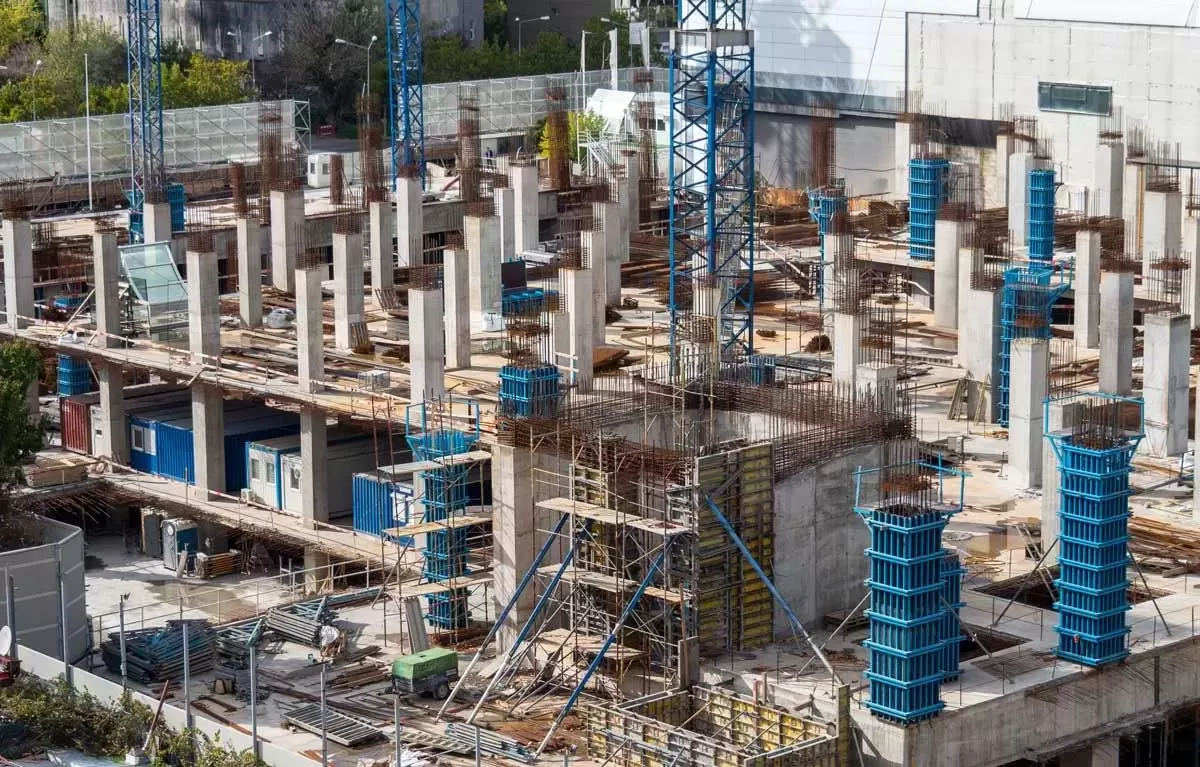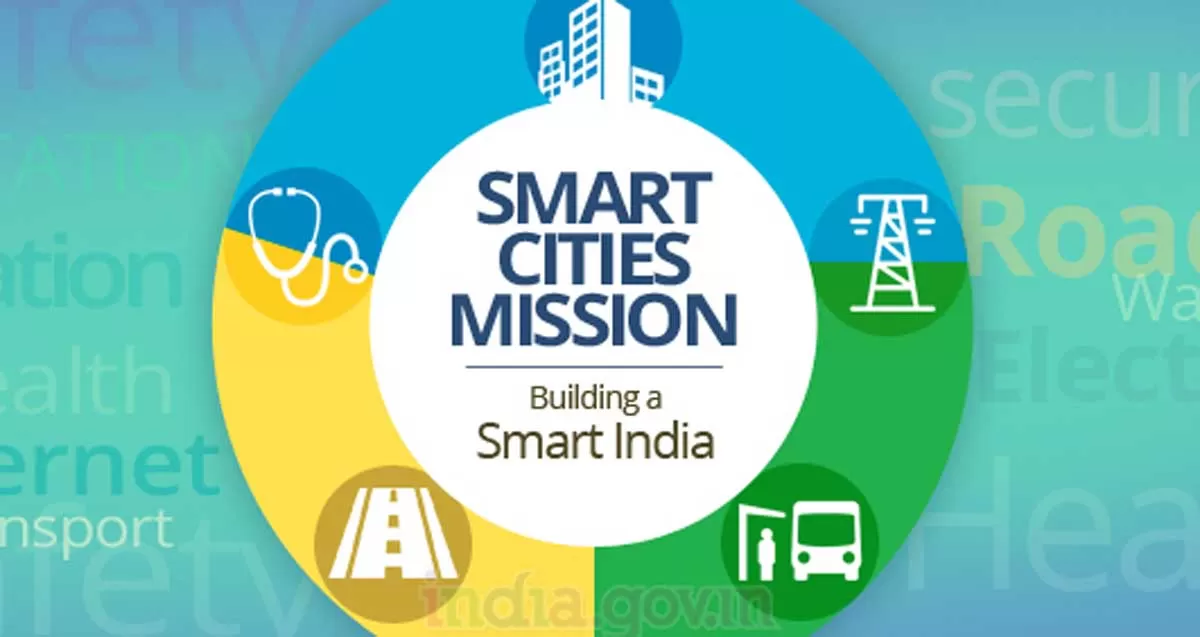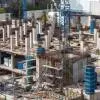
Elevated floors!
Raised access flooring, also called false flooring, is a less common interiors feature than false ceilings, but it has as many uses – if not more.A raised floor is a modular panel installed above the structural floor. The space beneath the raised flooring is typically used to accommodate utilities such as electrical cables, plumbing and HVAC systems. And so, raised flooring is usually associated with buildings with heavy cabling and precise air distribution needs, such as data centres.That said, CW interacted with designers and architects and discovered that false flooring can come in handy ..

The Variation Challenge
A variation or change in scope clause is defined in construction contracts to take care of situations arising from change in the defined scope of work. Such changes may arise due to factors such as additions or deletions in the scope of work, modifications in the type, grade or specifications of materials, alterations in specifications or drawings, and acts or omissions of other contractors. Further, ineffective planning, inadequate investigations or surveys and requests from the employer or those within the project’s area of influence can contribute to changes in the scope of work. Ext..

India Spent Rs 1.5 Tn on Smart Cities in Past 10 Years
The Indian government launched the Smart Cities Mission on June 15, 2015, with the goal of transforming urban infrastructure across the country. As of April 11, 2025, ten years since its inception, over Rs 1.5 trillion has been spent on 7,504 completed projects, representing 94 per cent of the total planned projects valued at more than Rs 1.64 trillion. An additional Rs 131.42 billion worth of projects are currently under implementation. According to data from SBI Research, 92 per cent of the funds were utilised across 21 major states, with Uttar Pradesh, Tamil Nadu, and Maharashtra together ..














